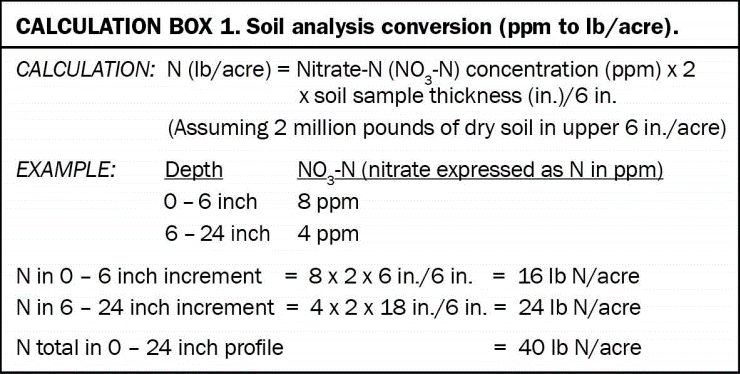

- #HOW TO CALCULATE PPM OF NITROGEN TO ADD FERTILIZER HOW TO#
- #HOW TO CALCULATE PPM OF NITROGEN TO ADD FERTILIZER FULL#
I will present a general method of calculating the fertilizer requirements for any crop based on a soil analysis. Not only do the micro-organisms change the soil but mechanical preparation completely changes soil structure. You might add 30 t/ha organic material today but by the end of the year it will all be gone.
#HOW TO CALCULATE PPM OF NITROGEN TO ADD FERTILIZER FULL#
It is full of microscopic living organisms such as bacteria, viruses and insects that feed on it and break complex compounds down on which the plants then feed. The reason is that soil is a dynamic micro world on its own that changes continuously. (356700ppm * 1.25g/litre) / 1000ml = 445ppm(~0.9EC) per litre.Calculating fertilizer requirements for a crop is quite often more of an art than exact science. Using what we've learned, we're finally ready to find the ppm of our fertilizer.ĥ0k + 64.5k + 116.2k + 50k + 35k + 40k + 1k = 356,7k or 356700 ppm. To establish the concentration of individual elements in the water, the guaranteed analysis (%w/v) should first be converted into ppm, then multiplied by the usage rate (per litre), then divided by 1000 (ml).įor example, if a nutrient lists 5% nitrogen, when it is used at 5grams per 4 litres it will yield 62.5 ppm of nitrogen per litre. To establish %w/v from ppm you simply need to divide by 10000. To establish ppm from %w/v you simply need to multiply by 10000. Percentage weight by volume %w/v refers to the total weight of elements contained within a finished concentrate of a given total volume.įor example, 5% of nitrogen added to 1 litre(1000ml) of RO water would mean that there is 50grams of N in the water.ġ000 (ml) * 0.05 (5% nitrogen) = 50 (grams of N)
#HOW TO CALCULATE PPM OF NITROGEN TO ADD FERTILIZER HOW TO#
To convert other nutrient listings that may appear on some labels use these equations.Ī simple way of understanding how to convert a %w/v listing found on the guaranteed analysis into grams per litre is by understanding that 1ml of RO water weighs 1gram. Therefore, when this system is in use, a 5-15-14 NPK ratio truly reflects elemental NPK 5-6.45-11.62.Īdditionally, other nutrients such as calcium (Ca), magnesium (Mg) and sulfur (S) can be listed in their oxide form (CaO, MgO, SO3) or in elemental form, or both. When phosphorus is listed as P2O5 it is only 43% elemental P and when potassium is listed as K2O it is only 83% elemental K. With our label, this is the case and P is listed as P2O5 (phosphorous pentoxide) and K is listed as K2O (potassium oxide) percentage.

That is, it is important to note that the P and K numbers found on the guaranteed analysis do not always reflect the actual amounts of elemental phosphorous and potassium by %. This information becomes important when interpreting the guaranteed analysis. Therefore, listings for the same nutrient may appear to vary on a country-by-country basis.įor example, when looking at our labels guaranteed analysis you will find note that it states Īvailable Phosphate (P2O5).15.0%Īvailable Potash (K2O).14.0% values be presented somewhat ambiguously.

Regulations around the world require that NPK. Note that analyzing the ppm from fertilizer labels won't provide 100% accurate ppms.įertilizers sold worldwide are often only required to be listed accurately to within 0.4%. This provides us with enough information to establish a reasonably accurate ppm.

It tells us how much of each element is in the bag at percentage weight by volume (%w/v). Above is an example of a nutrient labels guaranteed analysis.


 0 kommentar(er)
0 kommentar(er)
